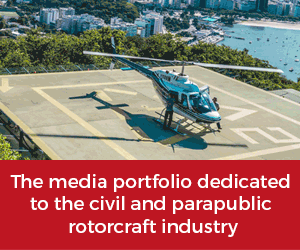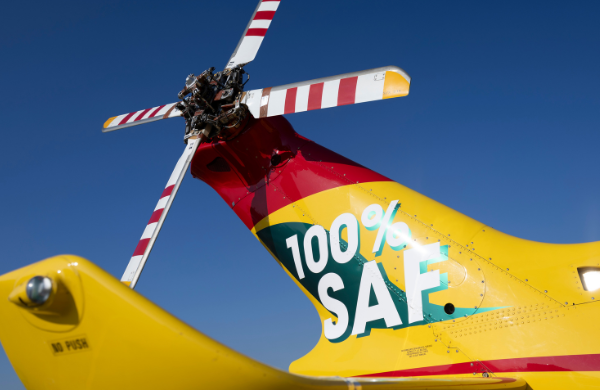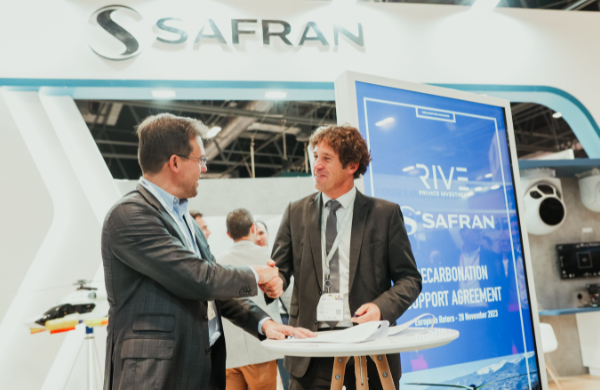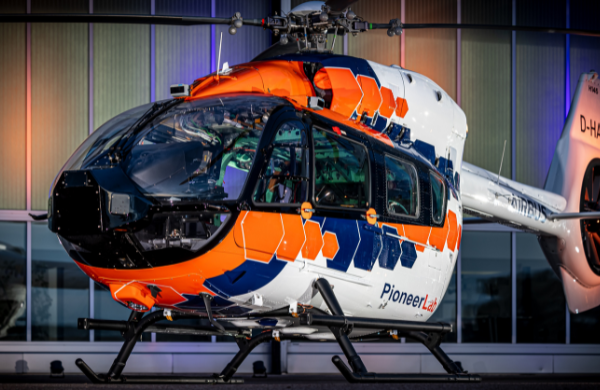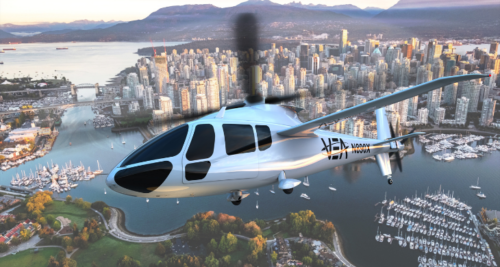
Piasecki believes the combination of a compound aircraft and hydrogen power will make the PA-890 a game-changer. Photo: Piasecki
New on the aerospace scene, the PA-890 looks to catapult helicopters as we know them into the future. Its developer, Piasecki, envisions the hydrogen-electric-powered, slowed-rotor winged helicopter prototype to start flying in 2028. Designed for FAA Certification under Part 27 standards, the PA-890 includes a four-bladed main rotor, a 90-degree rotating variable incidence wing that minimises download and a swivelling tail rotor, which improves yaw control.
What makes this aircraft revolutionary is its engine; Piasecki is developing a HTPEM Hydrogen Fuel Cell propulsion system for the PA-890 and other VTOLs, which generates electricity from hydrogen that powers electric motors that provide mechanical power to the rotors.
Piasecki is teamed with ZeroAvia to develop and test HTPEM Hydrogen Fuel Cell technology on a full scale 660kW propulsion test stand currently in development. According to Piasecki, HTPEM Hydrogen Fuel Cells have five times the energy density of Li Batteries, and three times the specific power of Low Temp conventional Hydrogen Fuel cells.
Although HTPEM fuel cells are not as energy dense as fossil fuel powered Internal Combustion Engines (ICE) the company says they have enough performance to accomplish the expected customer mission profile, and with fewer moving parts, are expected to offer up to 50% reduction in operating cost compared with traditional turbine powered helicopters, as well as zero emissions and a reduced acoustic signature.



